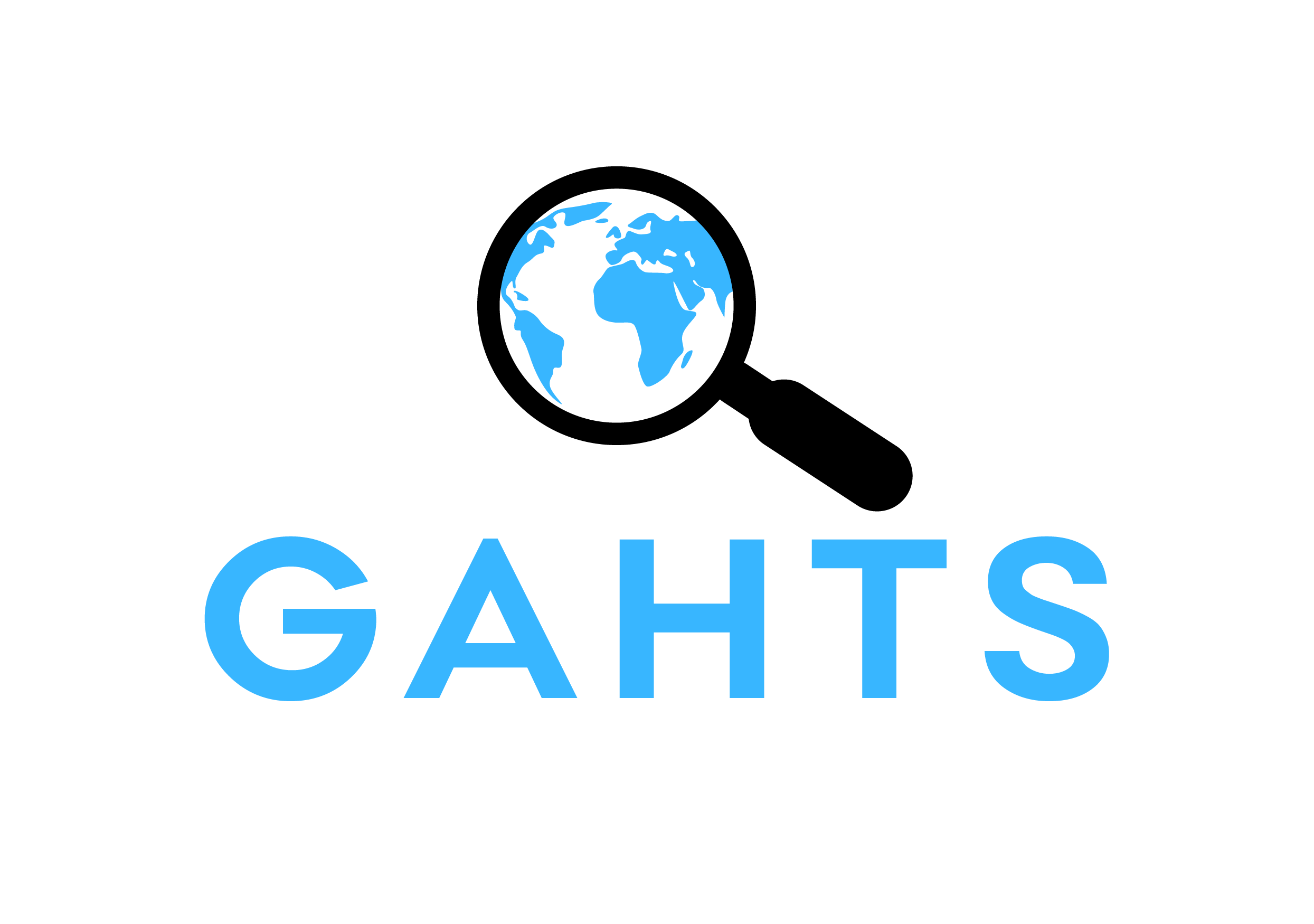“We Can Work across Agencies to Build a Powerful, Statewide Response”: Considering the Public Health Department’s Response to Domestic Minor Sex Trafficking
Author: Gonzalez-Pons, Kwynn
Abstract: This study explored public health department employees’ perceptions of, and experiences with, identifying and serving victims of domestic minor sex trafficking (DMST). A sample of 47 health department employees completed a mixed method web-based survey about victim identification, DMST myths, and assets and barriers to serving DMST victims. Less than one-third of participants reported that their organizations had a screening tool to identify victims, and another third were unsure if their organization did or did not. Few participants were confident that they could identify DMST victims. Several barriers to serving DMST victims exist, including issues in identification, resource shortages, and a failure to acknowledge the systemic issues that contribute to the complex nature of DMST. Participants identified strong collaborations with anti-trafficking organizations and state legislation that supported Safe Harbor policies as assets in their anti-trafficking work. The present study supports several UN Sustainable Development Goals (SDG 5.2 and SDG 8.7). When public health department employees are educated about domestic minor sex trafficking, have the tools to identify victims, and the resources to serve them, they can more effectively limit further victimization and ultimately work toward preventing minors from being exploited in the first place.
Keywords: human trafficking, domestic minor sex trafficking, public health, identification
